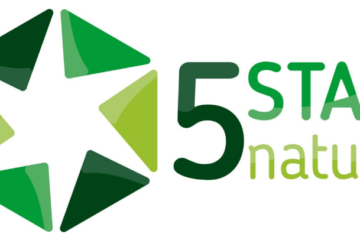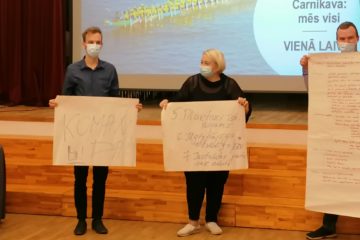Cooperation, foresight, attractiveness
Cooperation, foresight, attractiveness
Project n°1
INTRODUCTION
“How will we live and work in our region by 2030? This is the question that the Erdre et Gesvres Community of Municipalities is asking itself as it draws up its strategy for Territorialised Management of Jobs and Skills (GTEC). This reflection, launched in 2017, quickly led to the idea of a cooperation project. At the initiative of the Communauté de communes, a partnership is being built with the PETR Sud Lozère and Témiscamingue, a small rural commune in Quebec. Faced with complementary problems (declining attractiveness, weak territorial identity)
PRESENTATION OF THE PROJECT
Thinking about the future of rural and peri-urban areas using foresight tools? This is the aim of the French-Canadian LEADER transnational cooperation project “Cooperation, foresight, attractiveness”. Implemented between 2019 and 2023, the project brought together three areas facing the problem of attractiveness: the Erdre et Gesvres Community of Municipalities in Pays-de-la-Loire, the PETR Sud Lozère in Occitanie and the rural area of Témiscamingue, in Quebec. The project involved five field visits, as well as the sharing and re-use of foresight methods by each of the territories. The project gave rise to two types of field visit: – “Mirror” visits to the three partner areas, to discover their foresight methods – “Inspirational” visits to the municipalities of Figeac and Florac (Occitanie), which used foresight to define adaptation strategies geared towards living well and making the most of local resources Thanks to these visits, the French partners discovered and re-used the consultation methods implemented in Témiscamingue to work on their 2030 regional project. The Quebec region has shared a number of initiatives, mainly aimed at involving local residents in defining local strategies. By way of example, these initiatives have included the following: – Defining an area’s “branding”: 250 people were consulted over a 16-month period on the image they wished to project of their area. The result? To present Témiscamingue as a region where life is good, thanks to its proximity to unspoilt natural areas. – Territorial planning: following a call for applications, 3 residents were selected to take part in daily municipal discussions. In addition, an ongoing consultation process provides feedback to elected representatives and technicians. Drawing on these participatory methods, the partners have been able to continue their strategic work and define priorities accepted by all the local players.
PRINCIPAL OBJECTIVES
- Analyse and transfer the territorial foresight tools used by each partner.
- Exchanging best practice on themes linked to territorial innovation and the mobilisation of local players.
- Reflect on the notion of attractiveness, whether through a thematic approach (mobility, access to services, etc.) or a sociological approach (youth, welcoming families).
THE ADDED VALUE OF THE PROJECT
The project has provided each partner with new tools to meet their challenges and imagine the future of their region. The complementarities between the partners were a real added value: each partner was able to tackle new subjects and discover solutions to issues that had not yet been fully explored (employment and businesses, tourism, agriculture). For each visit, delegations of elected representatives, technicians and representatives of civil society were mobilised; a way of developing their vision of the development of public policies and equipping them with the tools to become the pilots of a new form of territorial coordination. To find out more https://lateliermcomm.wixsite.com/website-5
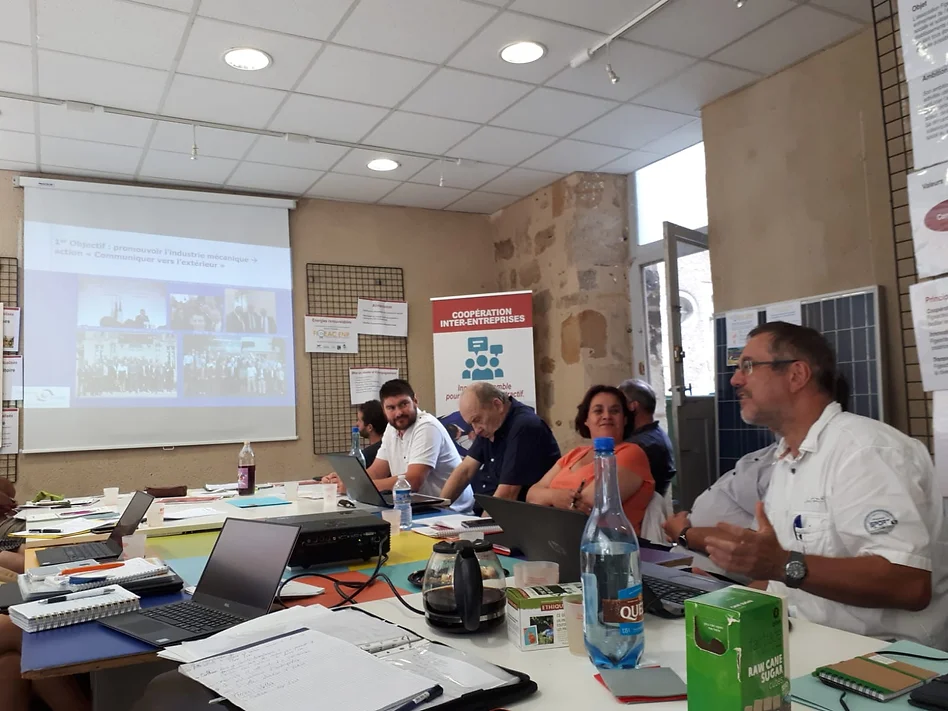
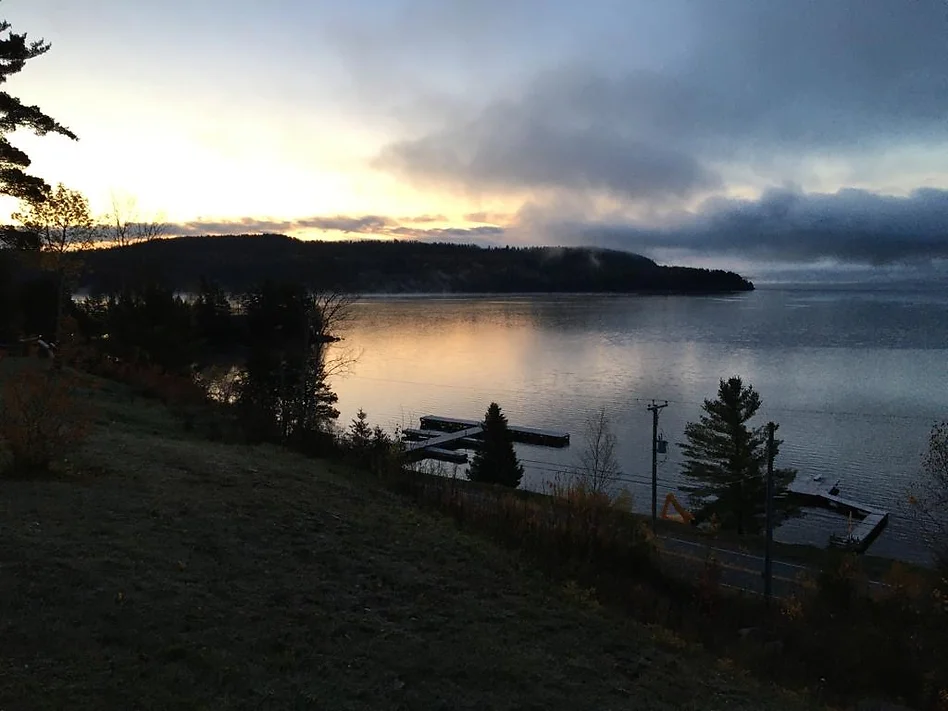
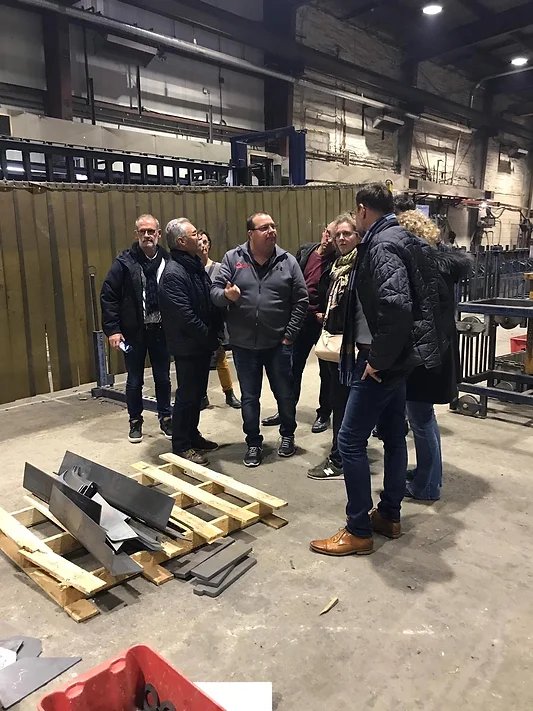


CONTACT
Referral person : Nicolas PLATEAU
Partners:
- GAL Causses Cévennes (PETR Sud Lozère) – France – Occitanie – chef de file
- GAL Canal Erdre et Loire (Communauté de communes d’Erdre et Gesvres) – France – Pays de la Loire – partenaire
- Commune de Témiscamingue – Canada – Québec – partenaire
